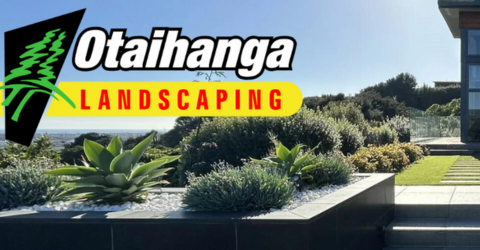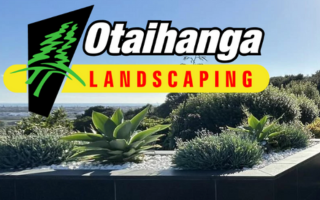If you’ve been walking on a Saturday morning at the Waikanae Estuary, either on the Paraparaumu side in the Scientific Reserve or on the Waikanae side on the lower reaches of the river, you may have noticed a group of people hard at work.
If it’s winter time they will be planting trees and shrubs; if it’s in summer they will be releasing the plants- releasing being a polite way of describing weeding!
This is all part of the Waikanae Estuary Care Group’s programme to restore the estuary so that it regains the pristine and natural state it enjoyed centuries ago. Not quite of course as there was no boardwalk through the estuary then. The Group was formed in 2004 and the work is being done in accordance with plans prepared by ecologists Geoff Park and Isobel Gabites. Support has been provided by Greater Wellington and the Department of Conservation. In addition there is considerable support from KCDC as the right bank of the Waikanae River estuary is its responsibility. The Pharazyn Trust has also provided grants.
The plants are all grown by the Group at its nursery located on land made available by Kotuku Park. Seed is collected from local sources and grown at the Group’s shade house where each Thursday a group of volunteers tend the plants. In the past eight seasons over 40,000 plants have been raised. But developing these from seedlings is not an easy task; once planted they have to contend with a harsh environment of wind, salt spray, frost and the dry sandy environment as well as pests such as rabbits, rats, and stoats. Pest control is part of the programme and a series of traps is regularly monitored. As a result it’s not uncommon to return to a planting site some months later and find a significant number of the plants have died. The Group accepts this as being a factor which has to be contended with and so get on with the task of replacing those plants.
This year the Group hopes to plant a further 2000 plants including various types of carex, coprosma, cordyline, manuka, olearia, flax, pittosporum and pseudopanax (5 Finger). Where each type is planted is decided based on the specific environment and in accordance with the Gabites and Park plans.
If you would like an introduction to the Group’s activities you would be welcome at the Open Day on June 7 between 9am and noon. The venue is adjacent to the intersection of Manly Street and Hadfield Place and will be marked by the Group’s flag. It’s not all hard work. The holes will have been dug by DoC staff and there will be a morning tea followed by a talk by a former DoC ranger who has been heavily involved in the restoration programme.


































